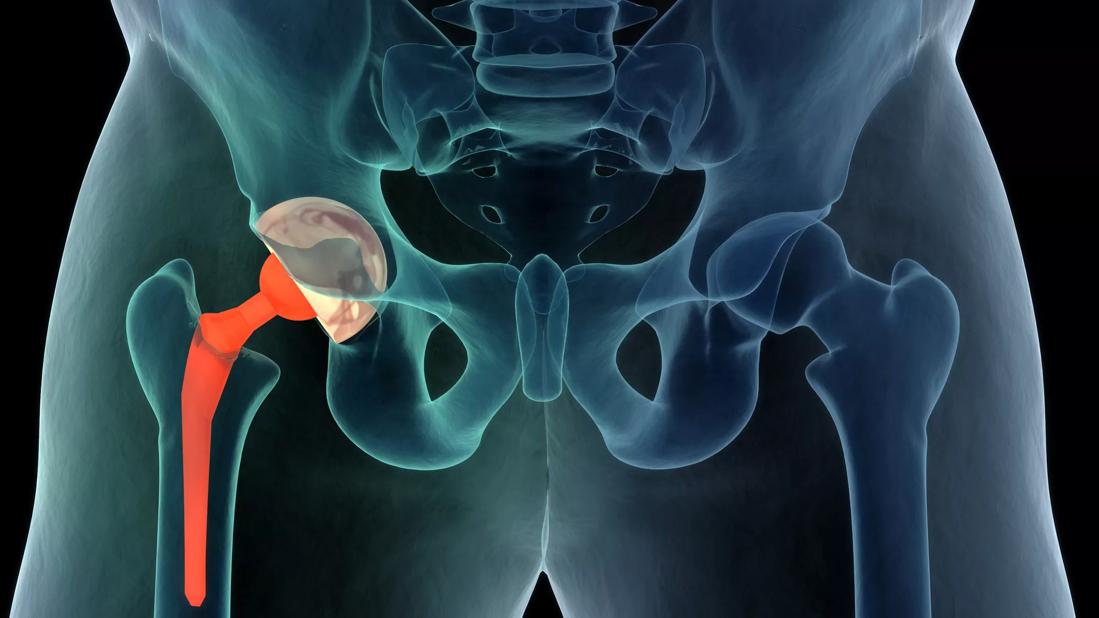Study follows patients for almost a decade after primary knee or hip arthroplasty

A research team, led by an orthopaedic surgeon at Cleveland Clinic, used longitudinal data from the Osteoarthritis Initiative (OAI) to investigate how physicians may better predict if and when a patient is at increased risk of developing contralateral arthroplasty after a total knee or hip replacement. These new insights may be key to developing earlier interventions for at-risk patients.
Advertisement
Cleveland Clinic is a non-profit academic medical center. Advertising on our site helps support our mission. We do not endorse non-Cleveland Clinic products or services. Policy
Nicolas S. Piuzzi, MD, staff in Cleveland Clinic’s Department of Orthopaedic Surgery and senior author of the study, notes that previous studies have analyzed retrospectively collected data from a single institution or surgeon. But data collected and maintained by the OAI, a public-private multicenter consortium, allowed the researchers to validate previous findings and analyze prognostic factors with a higher level of evidence.
The investigators identified 332 patients who underwent their first total knee arthroplasty (TKA) and 132 patients who underwent their first total hip arthroplasty (THA) using data that followed the patients for eight years after their initial procedure. Researchers examined the patients at intervals of one, five and eight years.
Results demonstrated that after a TKA, the incidence of contralateral TKA was 14% at one year (95% CI 10 to 18), 33% at five years (95% CI 27 to 39) and 40% at eight years (95% CI 31 to 49). Approximately one in 25 of these patients would later undergo a THA within this eight-year time frame.
After a THA, the incidence of contralateral THA was 9% at one year (95% CI 4 to 13), 18% at five years (95% CI 10 to 26) and 32% at eight years (95% CI 15 to 48). Notably, one in 10 would later receive TKA in the same eight-year period, outpacing their counterparts who required a subsequent THA after the initial TKA. These results were striking, but not surprising to investigators. “One in three patients received a contralateral total knee replacement at the five-year interval. The data suggest that we should be narrowing in on this group,” says Dr. Piuzzi.
Advertisement
The study also finds that medial joint space is a risk factor for developing contralateral TKA. In fact, a 1 mm loss of joint space increased the likelihood of TKA by 42% at 4.1° of varus alignment (HR 1.42 [95% CI 1.29 to 1.56]; p = 0.005), 26% at 1.6° of varus alignment (HR 1.26 [95% CI 1.06 to 1.51]; p = 0.005), and 14% at 0.7° of valgus alignment (HR 1.14 [95% CI 0.89 to 1.46]; p =0.005). “This has a direct clinical implication for physicians as it’s a unique data point that may be used to determine risk for an individual patient,” he says.
It’s understood that hip and knee replacements are generally successful surgeries, however, there are many initiatives to develop new tools and innovations to further optimize outcomes and minimize risk. Dr. Piuzzi hopes continued investigation will lead to a better understanding of the disease and help surgeons develop interventions for high-risk patients to modify the natural progression of the disease – and delay or avoid joint replacement altogether.
“Ultimately, our goal would be to identify high-risk groups of patients, particularly the ones who are likely to require a TKA or THA five years post-operatively and assess early intervention strategies that may improve their quality-of-life,” he says. “This would also help clinicians to counsel patients about the progression of their disease.”
Advertisement
Advertisement

How chiropractors can reduce unnecessary imaging, lower costs and ease the burden on primary care clinicians

Why shifting away from delayed repairs in high-risk athletes could prevent long-term instability and improve outcomes

Multidisciplinary care can make arthroplasty a safe option even for patients with low ejection fraction

Percutaneous stabilization can increase mobility without disrupting cancer treatment

Study shows that postop function is closer to normal than with total hip arthroplasty

A tailored approach combining injections, therapy and preventive care is improving outcomes for patients with elbow OA

Exploring new tools and techniques to improve the diagnosis and treatment of concussions.

How year-round play and cold weather impact young throwers — and what can be done to protect them